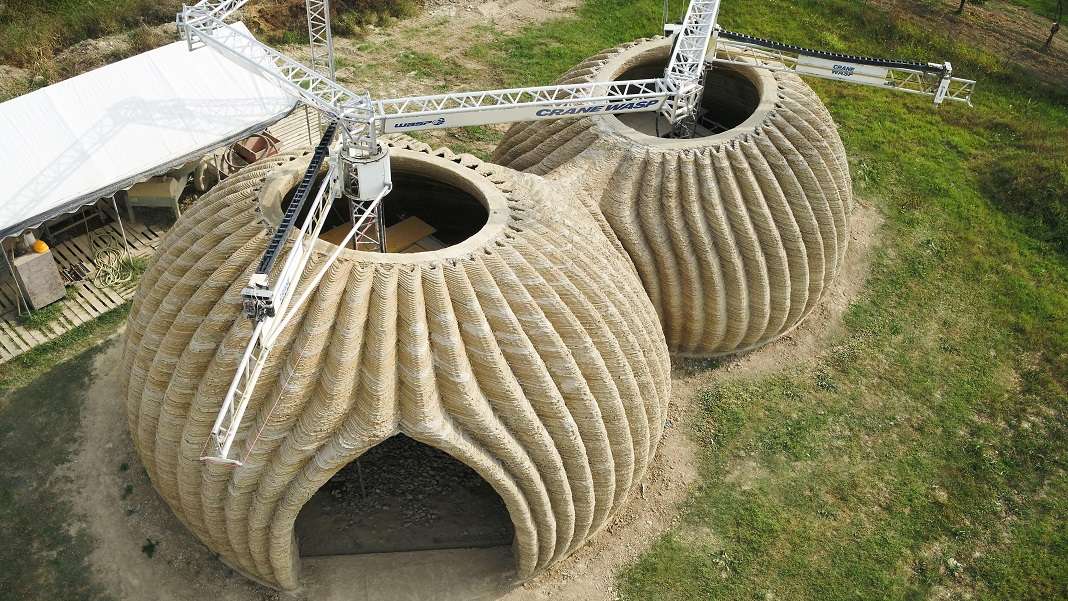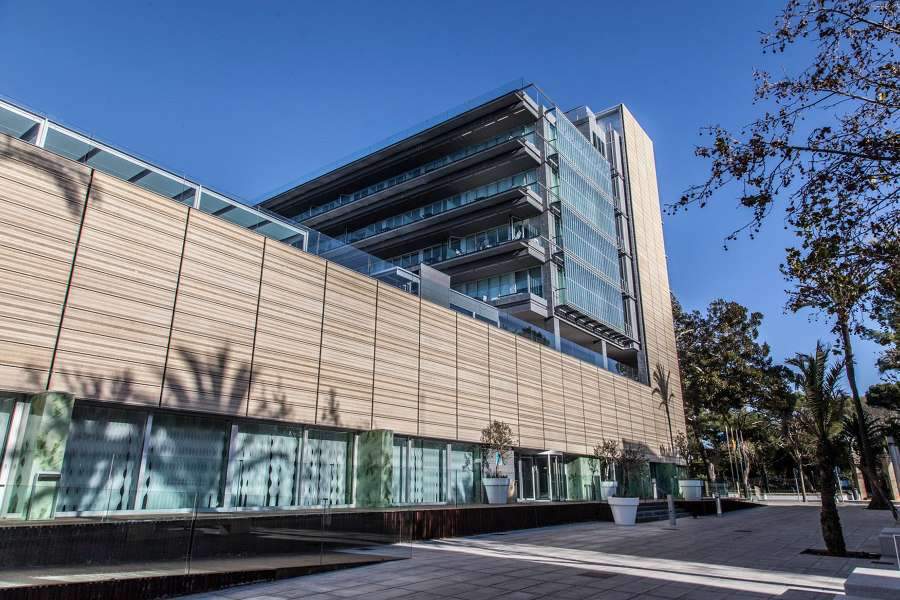Frank Gehry: the 92-year-old trendsetter
Canadian-born architect Frank O. Gehry, author of works such as the Guggenheim Museum in Bilbao and the Louis Vuitton Foundation in Paris, celebrated nine decades of life this year. Considered one of the most innovative and prolific architects in history, he continues to work without pause.
Today, many young people dream of achieving success at the age of twenty-five and of being free of work responsibilities before the age of fifty. But Frank O. Gehry’s career is quite the opposite. The architect began to be recognized for his work in the United States almost at the age of fifty, at sixty, in 1989, he received the Pritzker Prize, considered the Nobel Prize of architecture, and eight years later, in 1997, approaching seventy, he achieved worldwide fame after the inauguration of the Guggenheim Museum in Bilbao, Spain, which for many is still his masterpiece.
The long-lived architect has said for years that he considers architecture to be an art that seeks to produce emotions through forms created with inert materials, just as music does with sounds.
For his harshest critics, Gehry’s works are nothing more than pure spectacle and are not very functional, and they consider that he has devoted himself to repeating himself over and over again. In this regard, Paul Goldberger, author of the biography Building Art: The Life and Work of Frank Gehry, explains that the architect always hoped to create avant-garde and popular designs, capable of breaking new ground. He is a professional who shies away from dry and boring architecture, and who enjoys, above all, working with clients who give him the freedom to explore, rather than ordering him what to do.
“I don’t think I’ve repeated myself. You simply can’t escape your stamp, your signature. Mies van der Rohe, a man who is considered one of the best architects of the 20th century, repeated himself endlessly. But when you’re good, you’re good.”
This is how he defended himself against those who accuse him of following a mold, in an interview with the Financial Times six years ago.
From the Pritzker to the Guggenheim
The work that many colleagues mocked, which is why he always felt more comfortable among his artist friends, was recognized with architecture’s most important prize, the Pritzker, in 1989. At that time, Gehry was not yet the starchitect he became in the late nineties, but the works he had built up to then (among them, his home in Santa Monica, 1978; the Loyola Law School in Los Angeles, 1978; the California Aerospace Museum, 1984, or the Vitra Museum in Germany, 1989) were already strong evidence that he was an outstanding professional.
The Pritzker jury stated:
“His sometimes controversial but always dazzling work has been described as iconoclastic, boisterous and ephemeral, but the jury, in making this award, commends that restless spirit that has made his buildings a unique expression of contemporary society and its ambivalent values. Although the award is for a lifetime of achievement, the jury hopes that Mr. Gehry will see it as an encouragement to continue an extraordinary work in progress, as well as for his important contributions to twentieth-century architecture.”
Indeed, all indications are that the award was an enormous stimulus because, from that moment on, Gehry began to produce his most avant-garde and acclaimed works, among which the Guggenheim Museum in Bilbao undoubtedly marked a milestone.







